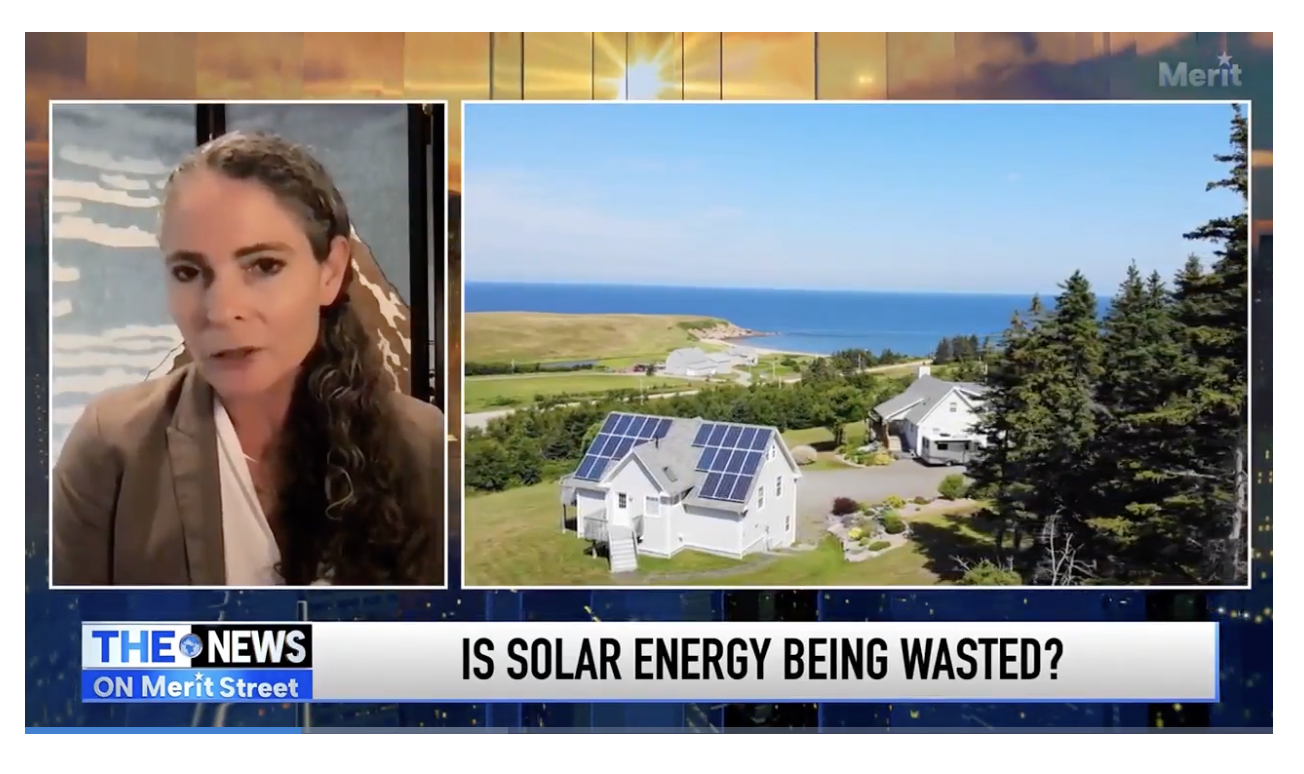But CPUC decision reducing incentives for new installations did long-term damage to state’s clean-energy goals
By BERNADETTE DEL CHIARO
Solar installations in California have dropped off a cliff, and the market is at its lowest in 10 years.
This is exactly what solar supporters warned would happen following the California Public Utilities Commission’s recent decision to drastically, and abruptly, cut back consumer incentives for rooftop solar. And it is exactly what utilities — who view rooftop solar as competition — wanted all along.
A recent opinion piece in this paper said the rooftop solar industry is not dying but rather adapting to changing market conditions
The solar and storage industry is a resilient and innovative group. Rooftop solar paired with batteries is still a valuable investment for consumers and even more so as Pacific Gas & Electric’s rates continue to rise. We will find a way to move forward and put solar and batteries back in the hands of everyone from public schools to renters. But the downturn in the market is undeniable, and the repercussions go beyond impacts to businesses and solar workers.
While thousands of solar workers have lost their jobs in the past year and many businesses have closed shop, the long-term damage is what has been done to our clean-energy and grid-strengthening goals.
Every Californian is counting on local solar and storage to help keep the lights on and reduce air pollution because PG&E and the other investor-owned utilities obviously can’t do it on their own.




